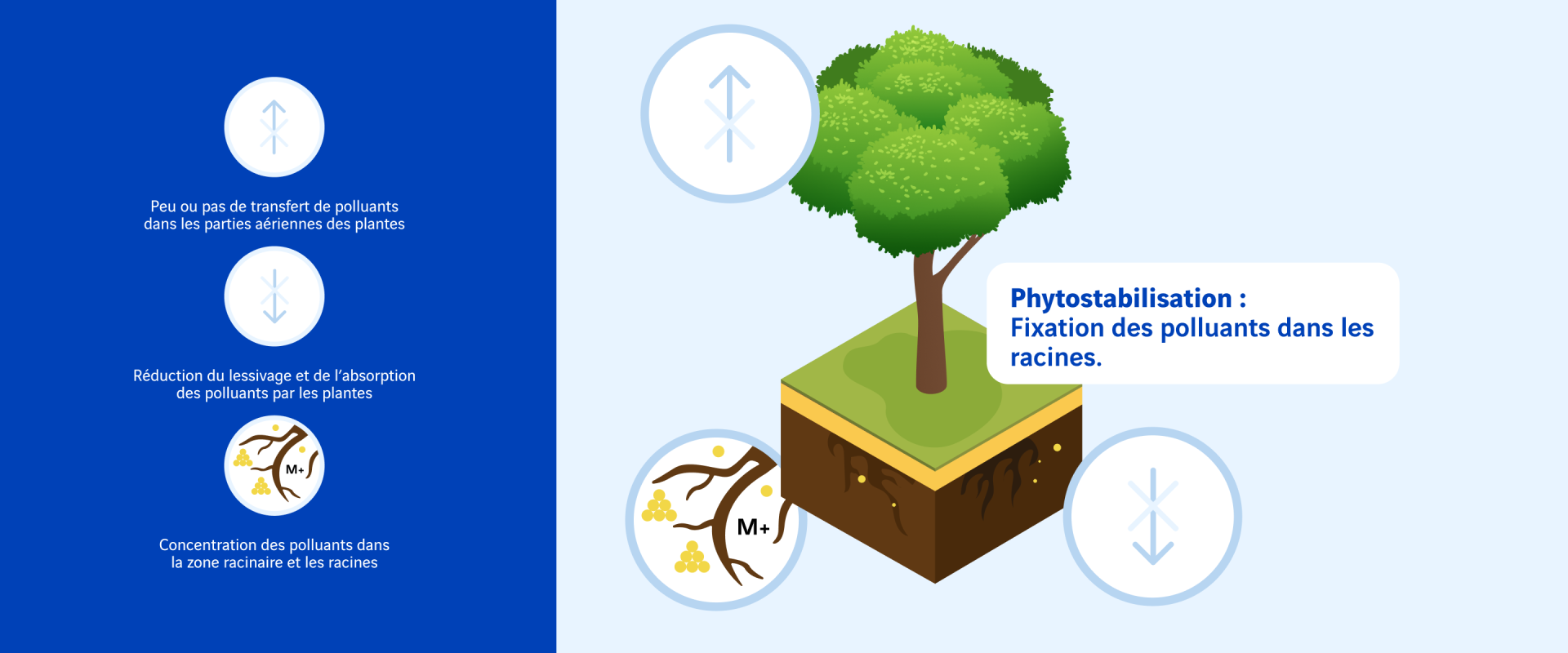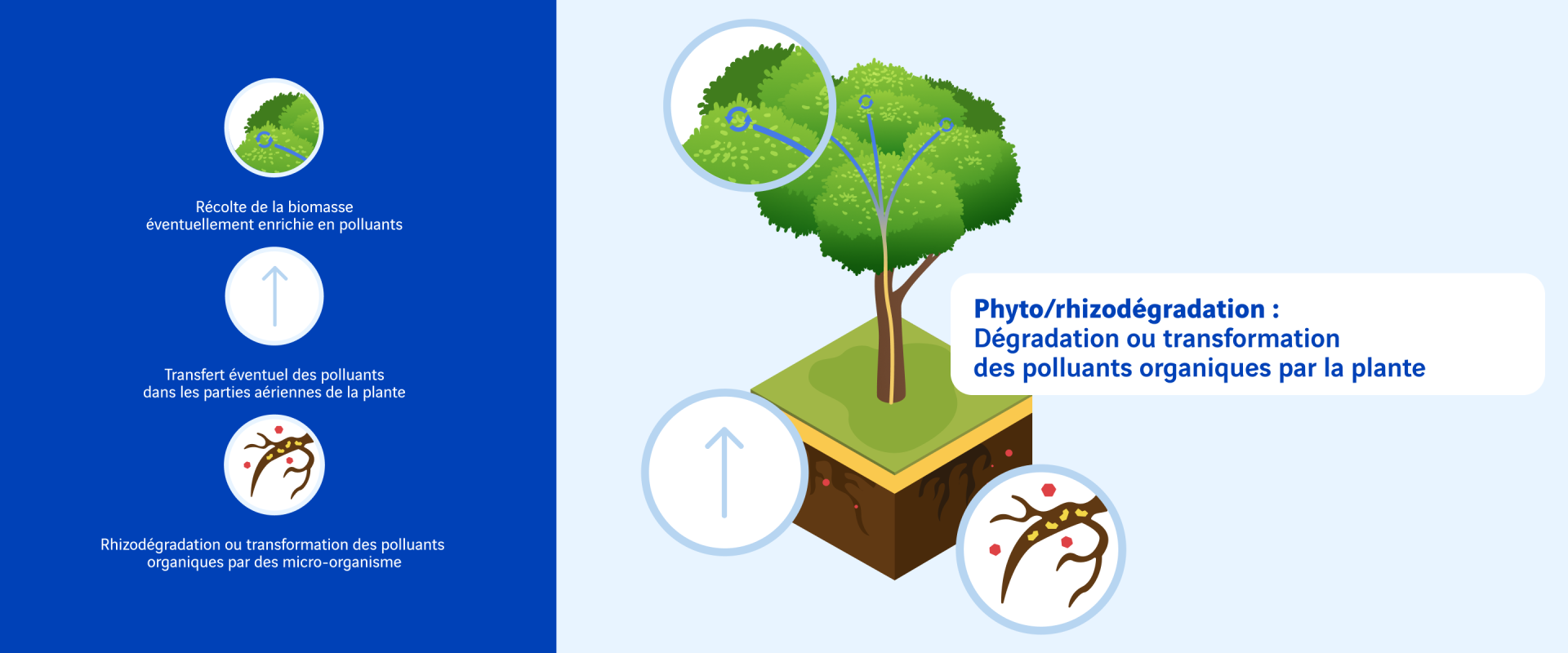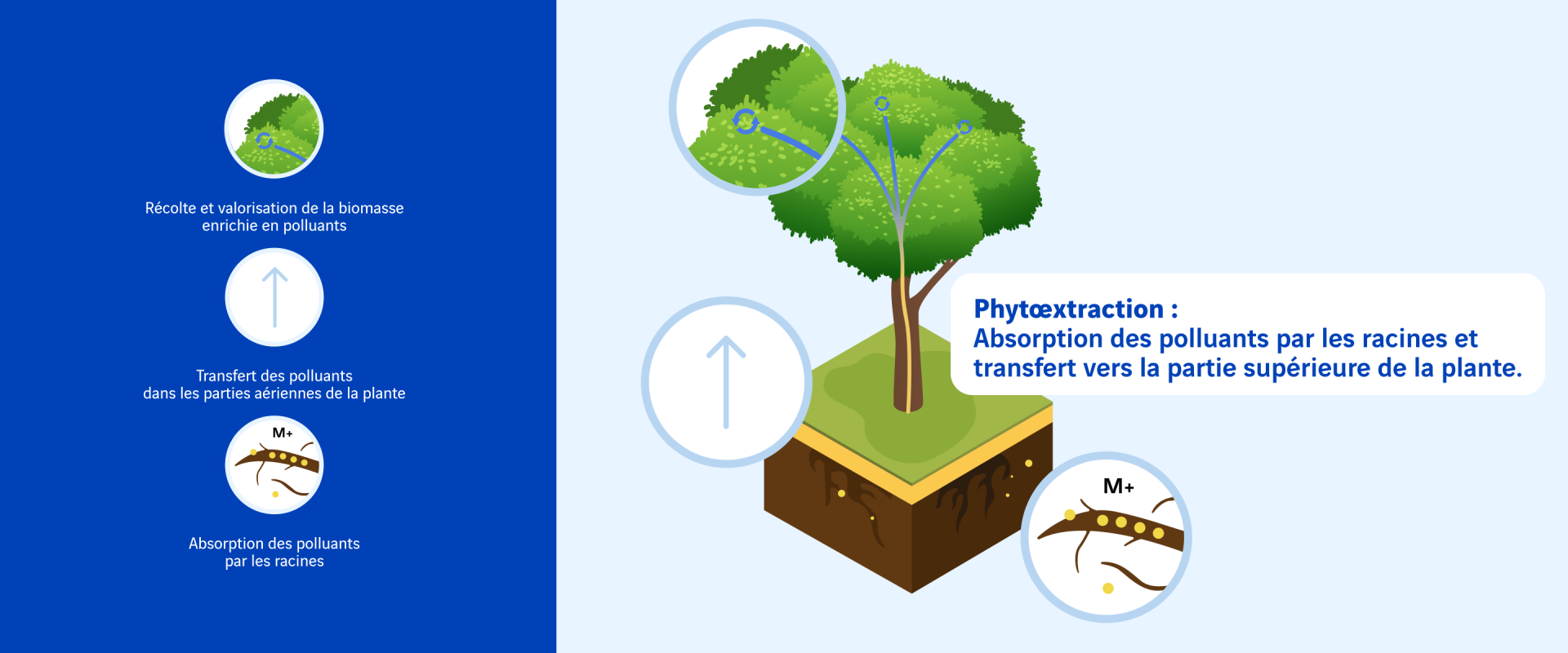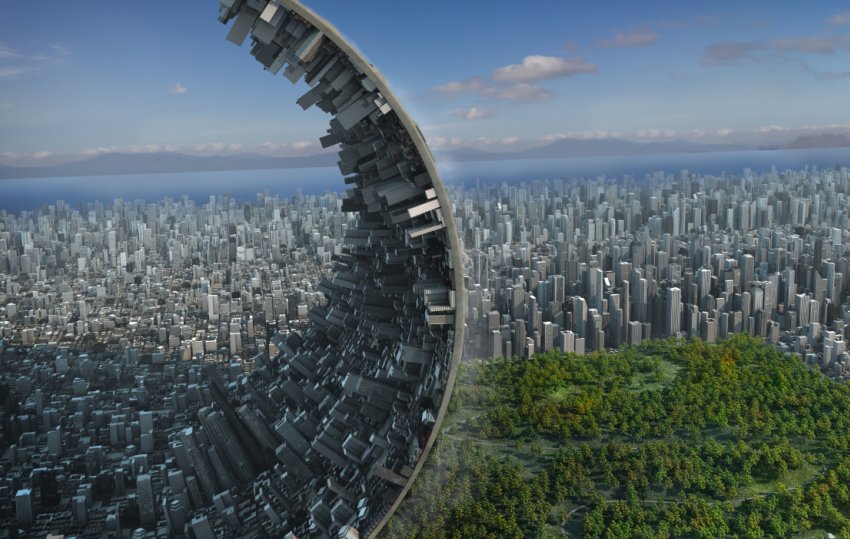
How to limit soil sealing
Loss of biodiversity, threats to crops, risks of floods, urban heat islands and even global warming are a few of the many consequences of soil sealing. France’s Climat et Résilience law, passed in July 2021, acknowledges the scale of the problem and addresses it by setting a no-net-land-take objective looking at 2050. Property developers and builders are on the front line and getting to work to meet that objective – as early as 2030 in the case of VINCI Immobilier.
On the same focus
Reversing soil sealing - Soil sealing and the need to slow down fast
4 unusual urban space recycling projects
The No Net Land Take(or NNLT) objective is tantamount to zero net soil sealing. And soil sealing, simply put, means altering farmlands, woodlands and other natural areas by building on them in ways that will make them partially or entirely impermeable.*.
The goal isn’t to put a stop to all urban development projects – even though the Climat et Résilience law will tighten permitting requirements: it is to start by looking at development from a new angle then compensating the resulting land take.
*Based on the definition by Insee, France’s National Institute of Statistics and Economic Studies
Reducing total soil sealing
Before compensating, of course, the idea is to reduce and avoid land take, as much as possible, starting at the design phase. By factoring stewardship into property development projects.
How does that work? By ruling out the projects what would take over the most natural space and developments that would seal too much soil relative to the floor space or living area they provide – for example expansive estates with a large number of detached houses.
VINCI Immobilier stopped green-lighting projects that involve sealing more than 1 sq. metre of land for every sq. metre of floor space in January 2022. .
On the other hand, housing needs are increasing, so building nothing isn’t the answer. The answer is to build in new ways.
Sealing soil in one place, remediating soil elsewhere
The no-net-land-take objective is centred around the commitment to unseal as much soil as we seal.
This equates to compensating the land we take over by creating the same amount of natural green areas in cities.
This is where urban space recycling comes in. Or the art of giving a new lease of life to an abandoned building or plot – often an industrial one. The good news is that there is real potential in France, as there are plenty of obsolete office and flat blocks, and closed-down barracks, hospitals, factories and shopping centres just outside cities.
Once the spots have been identified – and VINCI Immobilier has 50 in a portfolio of plots that Engie acquired in 2019 in partnership with Brownfields –, the conversion can begin.
Several urban recycling projects, including a few unusual ones, are already appearing.
This is the second commitment in VINCI Immobilier’s roadmap to no net land take by 2030: it has pledged to generate 50% of its revenue from urban space recycling projects.
Being a real estate developer, we are part of the problem of the decline in biodiversity, we must therefore be part of the solution. We have made an exciting societal and environmental commitment to help reintroduce biodiversity into the city and to transform unused land, etc.

Virginie Leroy, CEO of VINCI Immobilier
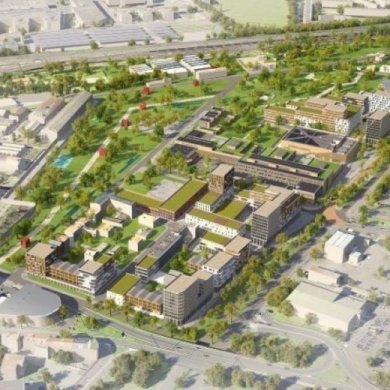
Unsealing soil at a closed-down industrial plant in Clermont-Ferrand
This plot of land was completely covered by a car park and warehouses in the 1960s then became a storage facility for a press group. It is also in the centre of Clermont-Ferrand. One goal for this development, Les Fabriks de Mai, is to turn the old buildings into 360 new flats, in four blocks 7 to 13 storeys high. Or, in other words, to increase urban density and thereby avoid urban sprawl.
Another goal for this project, which is virtuous in more ways than one, is to create 2,700 sq. metres of natural green areas on this plot.
Updating and upgrading property development
Have you heard of phytomanagement? Until recently, property developers hadn’t. But this this soil remediation technique that harnesses natural processes - for example using roots or micro-organisms to break down toxic substances – has wound its way into their fields of expertise.
What is phytomanagement?
The challenges are changing shape, and skill sets are changing with them: “Skills in landscaping, revegetation and preserving biodiversity are becoming essential in what we do,” Olivier de la Roussière confirms.
This transition involves raising awareness and, most importantly, providing training. New tools are appearing, including a calculator to measure soil sealing at each phase in a project. Its users will be trained by 27 environment correspondents at VINCI Immobilier.
Most viewed
Explore more
Words from researchers: let's fight stereotypes!
Charlotte, a research fellow at École des Mines, and Erwan, a university professor and researcher at AgroParisTech, talk…
Fondation VINCI pour la Cité: opening the door to others is another way of reaching out!
With some 1.3 million organisations and 2 million employees, France can lay claim to a dynamic network of associations…
Sea water desalination: a solution for turning the tide on the water scarcity crisis?
As water shortages continue causing havoc in a growing number of regions around the world, an age-old idea is experiencing a…
